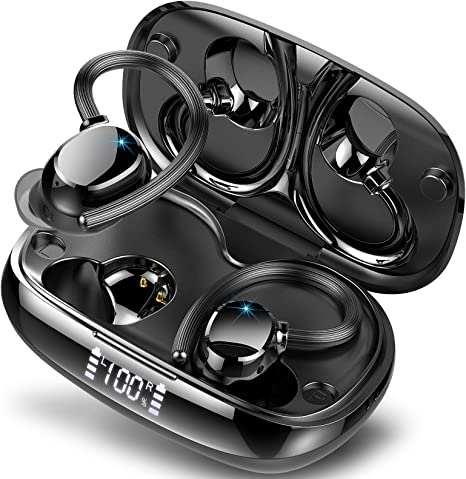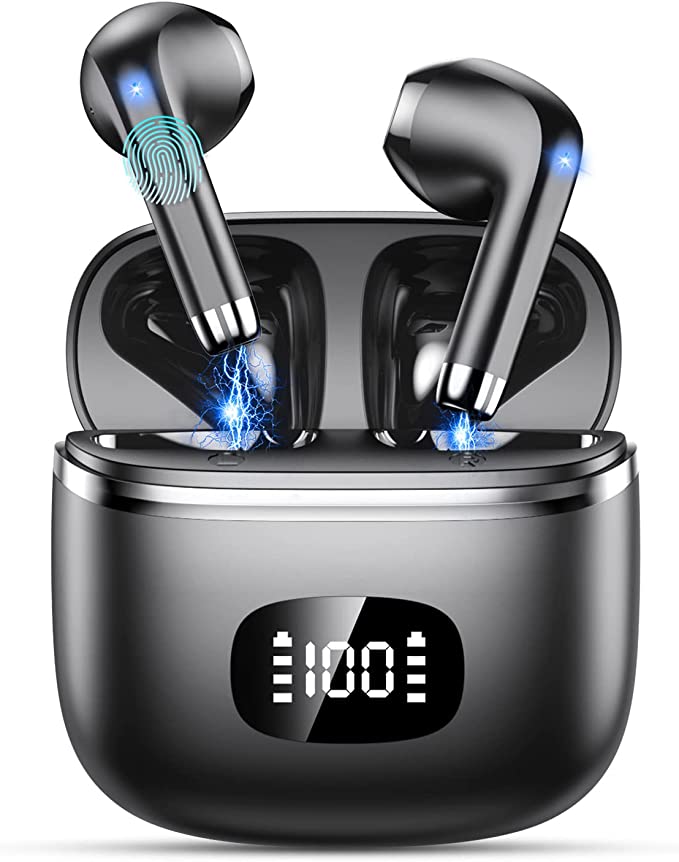FLIR MR160: Uncover Hidden Moisture with Thermal Imaging Science & Pinpoint Sensor Technology
Update on April 24, 2025, 7:52 a.m.
Imagine a silent saboteur lurking within the very structure of your home. It doesn’t announce itself with loud noises or dramatic flair. Instead, it works quietly, persistently, undermining timbers, fostering unhealthy mold, and bleeding energy dollars through compromised insulation. This hidden adversary is unwanted moisture, and finding it before it causes significant damage has traditionally been a frustrating game of invasive guesswork, often involving drilling holes or removing sections of walls. But what if we could equip ourselves with smarter senses – the ability to ‘see’ the subtle clues it leaves behind and ‘touch’ its presence with precision? Modern diagnostic tools, epitomized by instruments like the FLIR MR160 Thermal Imaging Moisture Meter, represent this leap forward, cleverly merging the physics of heat vision with the tangible feedback of moisture sensors. Let’s journey into the science that empowers this advanced approach to uncovering hidden threats.

Decoding the Heat Map: The Illuminating Science of Thermal Imaging & IGM
Our eyes perceive only a narrow band of the vast electromagnetic spectrum – visible light. But everything around us, provided it’s above absolute zero, constantly emits energy in another form: infrared radiation. We feel it as heat. Thermal cameras are remarkable devices that can translate this invisible infrared energy into a visual picture, a ‘heat map’ where different colours correspond to different surface temperatures. It’s a technology with roots in military night vision, now increasingly accessible for civilian applications, including building diagnostics. But how does seeing temperature help us find water?
The crucial scientific principle here is evaporative cooling. Think about stepping out of a shower – you feel cool because water evaporating from your skin draws heat away from your body. The same phenomenon occurs, albeit often more subtly, in building materials. When moisture trapped within drywall, wood, or insulation evaporates (even slowly), it cools the surface of that material compared to its dry surroundings. This temperature difference, perhaps just a fraction of a degree, becomes a detectable thermal signature.
The FLIR MR160 employs a sophisticated thermal core, the FLIR Lepton® microbolometer, featuring an 80 x 60 pixel array (yielding 4800 individual measurement points). This sensor is tuned to detect infrared radiation primarily in the 8 to 14 micrometer (µm) wavelength range – a sweet spot for typical terrestrial temperatures. Its thermal sensitivity, stated as being able to detect differences less than 0.15°C, means it can potentially visualise these faint cool areas caused by evaporation.
This is the foundation of FLIR’s Infrared Guided Measurement (IGM) technology. It’s not just about passively seeing heat; it’s about using the thermal image actively as a guide. Instead of randomly probing a suspect wall, you scan it with the MR160. The thermal image displayed on its 2.3-inch colour screen acts like a map, highlighting areas of potential concern – those tell-tale cooler patches. IGM directs your attention, pointing precisely where further investigation is most needed. It transforms the search from a blind hunt into an informed exploration. However, it’s vital to understand: a cold spot is an indicator, a clue, not yet definitive proof of a moisture problem. Other factors, like missing insulation or air leaks, can also create thermal anomalies. Verification is the essential next step.

Touching the Truth: The Clever Physics of Moisture Sensors
Seeing a suspicious cold spot is like spotting smoke – you know something warrants investigation, but you need to confirm the fire. This is where the MR160’s integrated moisture sensing capabilities come into play, employing two distinct physical principles to ‘touch’ the material and assess its moisture content.
Sensing Without Scars: The Pinless Method
Imagine being able to sense what’s just beneath the surface without leaving a mark. This is the elegance of the integrated pinless sensor. This technology typically relies on capacitive sensing. The meter generates a low-power electrical field that penetrates the material being tested (the MR160 specifies a maximum depth of 0.75 inches or 19mm). Now, the key is that water significantly alters a material’s dielectric constant – essentially, its ability to store electrical energy within that field. Drywall, wood, and plaster all have relatively low dielectric constants compared to water. The pinless sensor detects changes in the electrical field caused by increased moisture, registering them as a higher reading. Think of it like the meter sending out an electrical ‘feel’ and sensing how the material’s electrical ‘atmosphere’ changes when water is present.
The MR160’s pinless sensor provides a rapid (claimed 100-millisecond response time) reading on a relative scale, typically 0 to 100. ‘Relative’ is important – it doesn’t usually give a precise percentage of moisture, but rather indicates how moist one area is compared to a known dry reference area of the same material. Its great advantages are speed and its non-destructive nature, perfect for quickly scanning large areas or delicate surfaces. However, its readings are relative, and its sensing depth is limited.
Getting Specific: The Pin Probe Approach
Sometimes, a relative reading isn’t enough. You might need a more quantitative measure, or perhaps the moisture is deeper than the pinless sensor can reach. This is where the external pin probe (the MR02 probe is included with the MR160) comes in, utilizing the principle of electrical resistance. This method is more direct. Two metal pins are inserted into the material. The meter then passes a small electrical current between the pins and measures the resistance it encounters. Here, the fundamental physics principle is straightforward: water contains impurities (ions) that make it conductive, significantly lowering the electrical resistance of a damp material compared to a dry one (a basic application of Ohm’s Law). It’s like directly ‘tasting’ the material’s conductivity to gauge its moisture level.
Pin meters typically provide a reading often expressed as % Wood Moisture Equivalent (WME). This is a standard scale where the reading represents the moisture content as if the material were wood. Because different materials interact with moisture and electricity differently, the MR160 offers 9 selectable material groups. Telling the meter what type of material it’s testing helps refine the reading’s relevance. While this method is invasive (it leaves small pinholes), it provides a quantitative measurement and can often penetrate deeper or get into tighter spots. The manufacturer claims an accuracy of ±5% WME for the MR160’s pin probe function, though real-world results can depend heavily on proper use and material type. Its response time is slower than pinless, cited at 750 milliseconds.
The Diagnostic Duo: Where Sight Meets Touch for Powerful Insights
The true strength of a tool like the FLIR MR160 lies not just in having these individual technologies, but in their intelligent synergy. Using thermal imaging alone can lead to false positives. Using moisture sensors alone requires tedious, often random, searching. Combining them creates a powerful diagnostic workflow that is both efficient and effective. Think of a skilled doctor using an X-ray (thermal imaging) to locate a potential fracture, then using palpation and perhaps further tests (moisture sensors) to confirm the exact nature and severity of the injury.
Let’s walk through a common scenario: you notice a faint water stain appearing on a ceiling.
- Scan (IGM): You aim the MR160 at the ceiling area. The thermal image might reveal a distinct, cooler patch extending beyond the visible stain, suggesting the moisture spread is wider than it appears.
- Target: Using the built-in laser pointer and display crosshairs, you precisely pinpoint the center of the coolest area identified by the thermal image.
- Quick Scan (Pinless): You place the meter’s integrated pinless sensor directly on that targeted spot. A high relative reading strongly corroborates the presence of moisture near the surface. You can quickly scan adjacent areas too.
- Confirm/Quantify (Pin Probe): If you need a WME percentage, or suspect deeper moisture, you gently insert the external pin probe into the drywall at the confirmed wet spot. The resulting reading gives you a quantitative measure of the moisture content.
This guided process is significantly faster and less destructive than traditional methods. The MR160 supports this workflow with features like a color moisture alert on the display (visually flagging high readings) and the ability to store up to 9999 images. Crucially, these saved images are standard BMP files that overlay the thermal picture with the corresponding moisture readings and measurement location – creating an instant, documented piece of evidence. This is invaluable for tracking drying progress, creating reports for clients, or providing clear proof for insurance claims. Connecting the device via its micro USB port allows transferring these images for further analysis and reporting using the compatible (and free) FLIR Tools software.

Beyond the Sensors: Engineering for the Real World
A sophisticated diagnostic tool also needs to be practical for use in demanding environments. The MR160 is described as having a portable and rugged design. This impression is somewhat supported by user feedback provided in the source material, which gives it a high rating (4.6/5) for durability, suggesting it’s built to withstand the knocks of fieldwork.
Powering these combined technologies is an internal rechargeable 3.7V, 2600 mAh Lithium-ion battery. The manufacturer claims a maximum continuous run time of up to 18 hours, which should be ample for a full day or even multiple days of typical inspection work before needing a recharge via the common micro USB port.
However, translating advanced technology into an intuitive user experience can be challenging. The source material indicates mixed user feedback regarding Ease of Use (rated 3.9/5) and perceived Accuracy (rated 3.8/5). While some users find it straightforward and reliable (one professional review noted it was comparable to their existing pro-grade meters), others mention a learning curve, the need for firmware updates (on older versions), or feel its accuracy doesn’t always align with expectations compared to other methods. This suggests that, like many sophisticated tools, achieving optimal results likely requires understanding its principles, proper application technique, and potentially familiarization time.
Finally, the manufacturer provides a 2-year warranty on the product and an impressive 10-year warranty on the thermal detector itself. While warranty doesn’t guarantee performance, it does signal a degree of manufacturer confidence in the core imaging technology’s longevity.
From Guesswork to Guided Insight: Empowering Property Health
The FLIR MR160 thermal imaging moisture meter stands as a compelling example of how integrating different scientific principles can revolutionize a practical task. By harnessing the physics of infrared radiation and evaporative cooling, its thermal imager provides invaluable guidance, illuminating potential problem areas hidden from view. Then, by employing the electrical properties of materials through both capacitive (pinless) and resistive (pin) sensing, it allows for targeted verification and quantification of moisture levels.
This synergistic approach marks a significant shift away from the often inefficient and destructive guesswork of the past towards a more intelligent, evidence-based diagnostic process. It doesn’t eliminate the need for careful interpretation and understanding of building science, but it provides vastly better data upon which to base decisions. For homeowners seeking to proactively maintain their property, DIYers tackling renovations, and professionals engaged in inspections, remediation, or insurance adjustments, tools like the MR160 offer the potential for greater accuracy, efficiency, and ultimately, greater control over preserving the health and longevity of the buildings we inhabit. Understanding the science within these tools empowers us to become better custodians of our built environment.


















